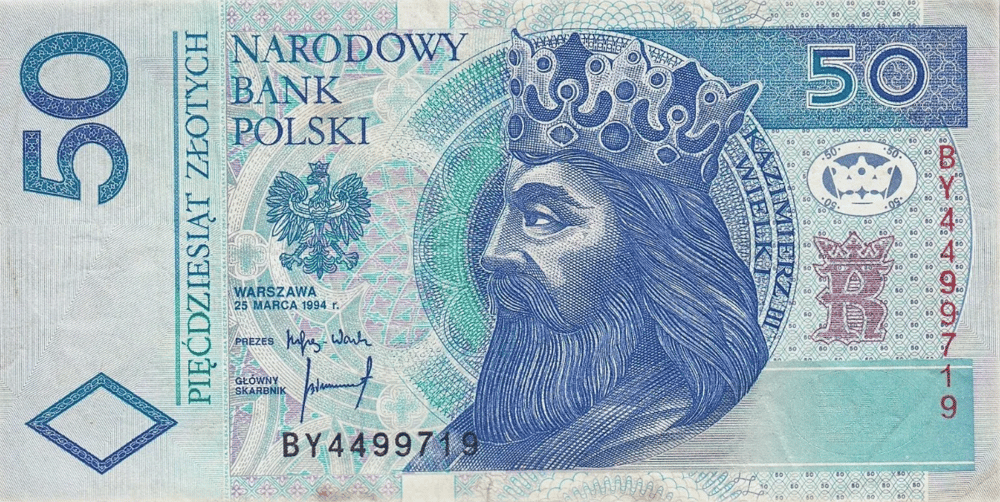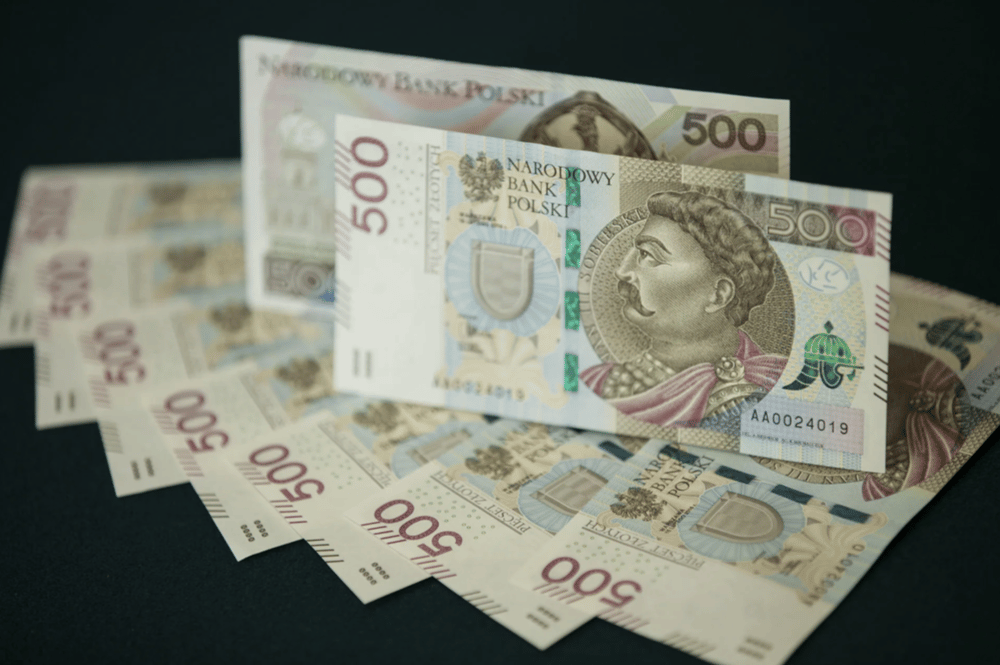Poland Commits 45% of EU Recovery Funds as Zloty Holds Steady Against USD
Poland has formally allocated more than 117 billion zlotys (PLN) — approximately $32 billion USD — in European Union Resilience and Recovery Funds, marking a pivotal phase in the disbursement of post-COVID stimulus capital. This figure represents 45% of Poland’s total EU allocation, underscoring the country’s accelerated efforts to leverage European funding for long-term economic revival.
The announcement, made by Poland’s Development Funds Ministry, comes as Warsaw targets 3.7% GDP growth in 2025, driven in part by EU-backed public investment. With a total envelope of 255 billion PLN, the EU support is structured into non-repayable grants and preferential loans, aiming to bolster digitalization, green energy transition, infrastructure, and health system resilience.
Funding Acceleration Signals Policy Shift and Economic Prioritization
Poland’s progress in disbursing its EU pandemic recovery funds comes after years of delays linked to rule-of-law disputes with Brussels. However, the disbursement of nearly half the total funds signals improved coordination between Warsaw and EU institutions and a strategic effort to stimulate public-sector-driven growth.
These EU funds — a mix of NextGenerationEU grants and loans — are a key part of the bloc’s post-pandemic strategy. For Poland, the funding will be essential in countering inflationary headwinds, rebuilding after COVID-related scarring, and addressing long-term structural gaps in infrastructure and innovation.
The timing of the disbursement is also significant, as Poland enters a policy normalization cycle, with interest rates expected to remain stable and zloty volatility subdued amid stable USD/PLN exchange dynamics.

Key Facts
💶 Allocated amount: Over 117 billion PLN ($32 billion), or 45% of total EU pandemic funds
🇵🇱 Total allocation: 255 billion PLN, split into grants and low-interest loans
📈 Target GDP growth: 3.7% for 2025, partially driven by EU-backed projects
💡 Funding focus: Digital economy, climate transition, transport infrastructure, healthcare
🏛️ Ministry involved: Polish Development Funds and Regional Policy Ministry
Market Impact and Economic Sentiment
The partial release of funds is likely to improve investor confidence in Poland’s macroeconomic trajectory, with potential secondary effects on sovereign bond spreads, domestic equity indices (e.g., WIG20), and currency stability. While the Polish zloty (PLN) remained relatively flat against the U.S. dollar (USD) following the announcement, the enhanced visibility around EU investment flows supports expectations for domestic demand resilience in H2 2025.
Economists note that Poland’s fiscal multipliers could magnify the recovery effects of this capital injection. Still, the absorption capacity of local governments and bureaucratic bottlenecks remain key execution risks.

Key Developments to Watch
EU Funds Utilization Rate: Whether Poland can sustain this pace of allocation and spending in H2 2025
Exchange Rate Stability: The impact on $USDPLN, especially under scenarios of changing Fed or ECB policy
Private Sector Spillovers: Whether public investments crowd in or crowd out private capital formation
Inflation Dynamics: How increased public spending influences core CPI and monetary policy outlook
EU Relations: Continued compliance with rule-of-law conditions to ensure full fund disbursement
Strategic Use of EU Funds Reinforces Poland’s Growth Outlook
Poland’s move to allocate 45% of its EU pandemic recovery funds is a critical step toward bridging its post-COVID growth gap and aligning with broader EU fiscal strategy. With a focus on digital transformation, green infrastructure, and resilience, these investments could be pivotal for long-term productivity gains.
While external risks persist — including geopolitical tensions and monetary tightening in advanced economies — the structured disbursement of EU grants and loans provides Poland with both fiscal headroom and policy momentum. The Polish zloty is expected to remain range-bound against the USD in the near term, but long-term fundamentals may strengthen as investment-led growth materializes.















Comments